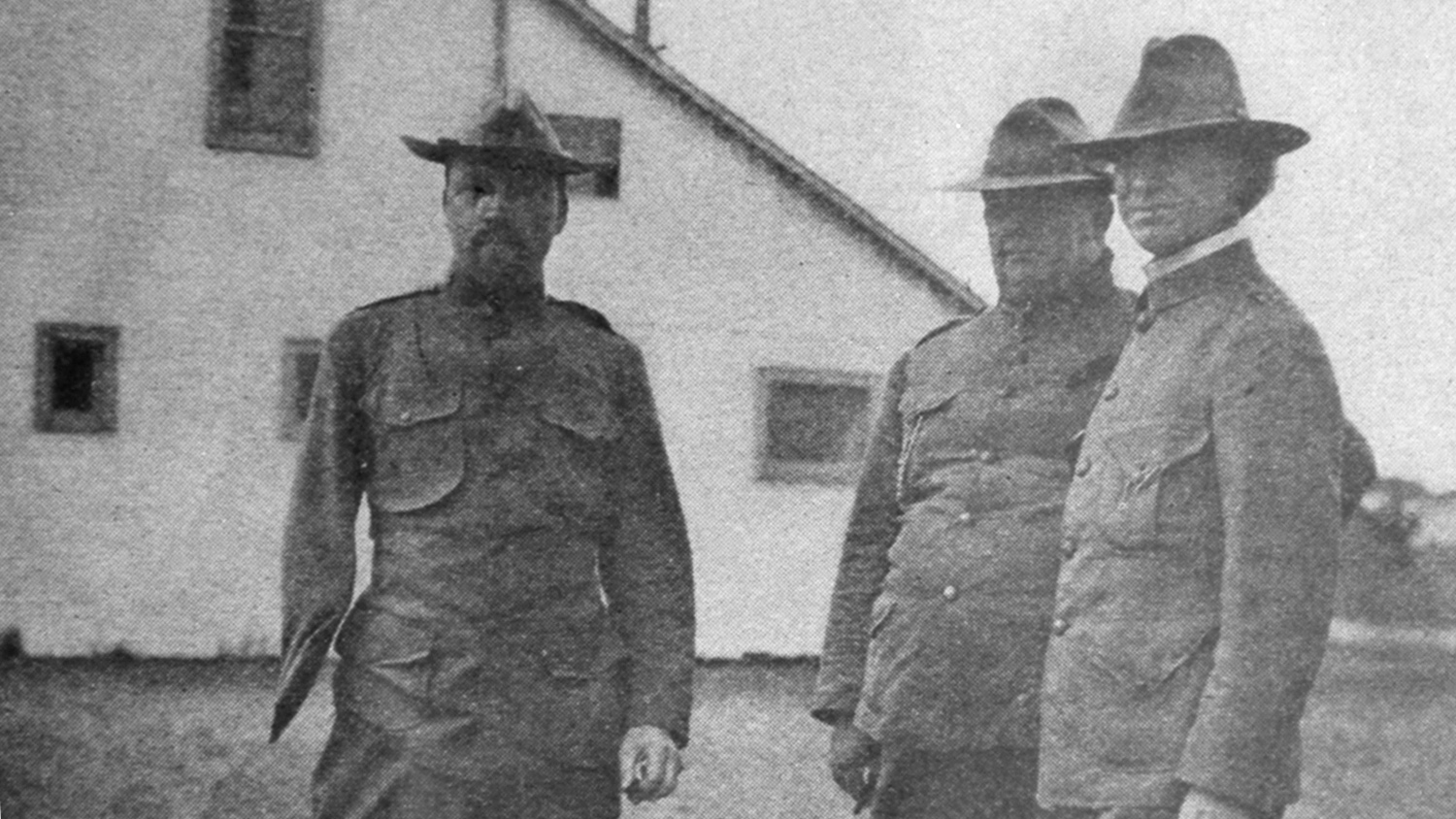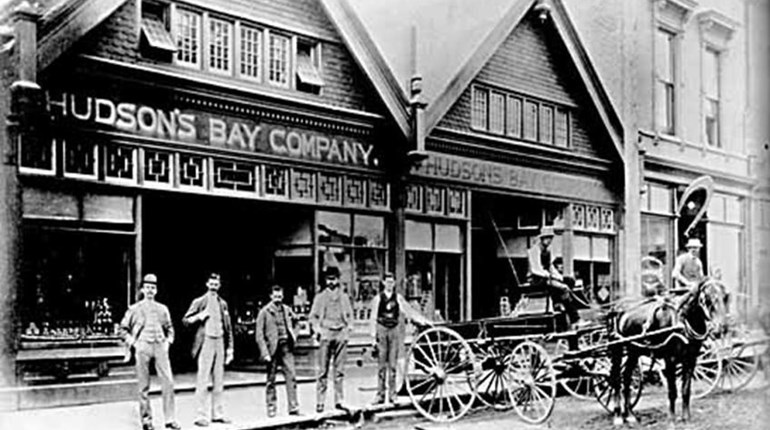
There was a significant development in marksmanship in 1903 with the Congressional passage on January 21 of “An Act to increase the efficiency of the militia and promote rifle practice,” commonly referred to as the Dick Act (32 State. 775), so named after Congressman Charles Dick of Ohio, who introduced the legislation into the House. The bill secured federal status for the militia and was prepared by the National Guard Association, where Dick served as president form 1902-1909.
Specifically, the bill provided federal funding of one million dollars annually to state militias upon their meeting certain rifle instruction and target practice criteria. Section 14 of the Act stipulated that state teams visiting the national competition (National Matches) would receive pay, subsistence, and transportation. It was the first significant legislative act that provided appropriations for the organized militia comparable to what the regular service received. The Dick Act in essence established the National Guard units and state militias as the reserve of the Army and fueled the need for adequate training facilities, which prompted the eventual acquisition of Camp Perry in Dick’s home state.
The Dick Act also authorized the creation of the Militia Division, predecessor to the National Guard Bureau, in the Adjutant General’s Office (AGO), which replaced the system where militia affairs were handled by various departments of the War Department on an as needed basis. The Militia Division became the Division of Militia Affairs (1908) and the Militia Bureau (1916) before it assumed the designation of National Guard Bureau in 1942.

































